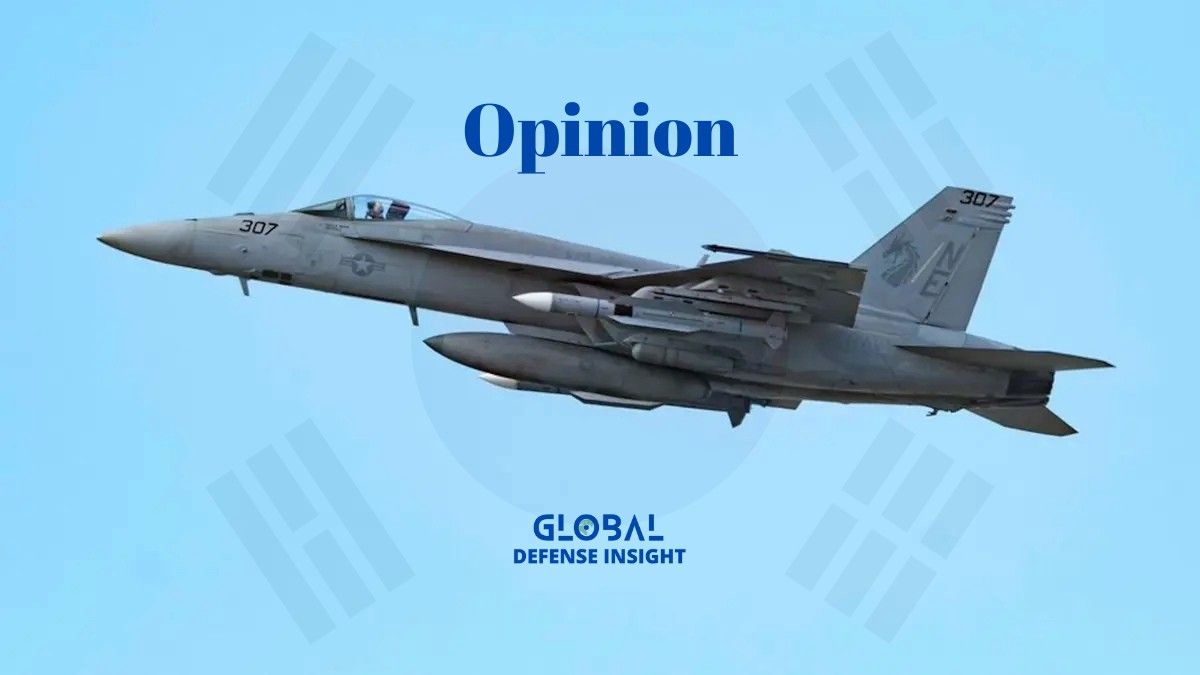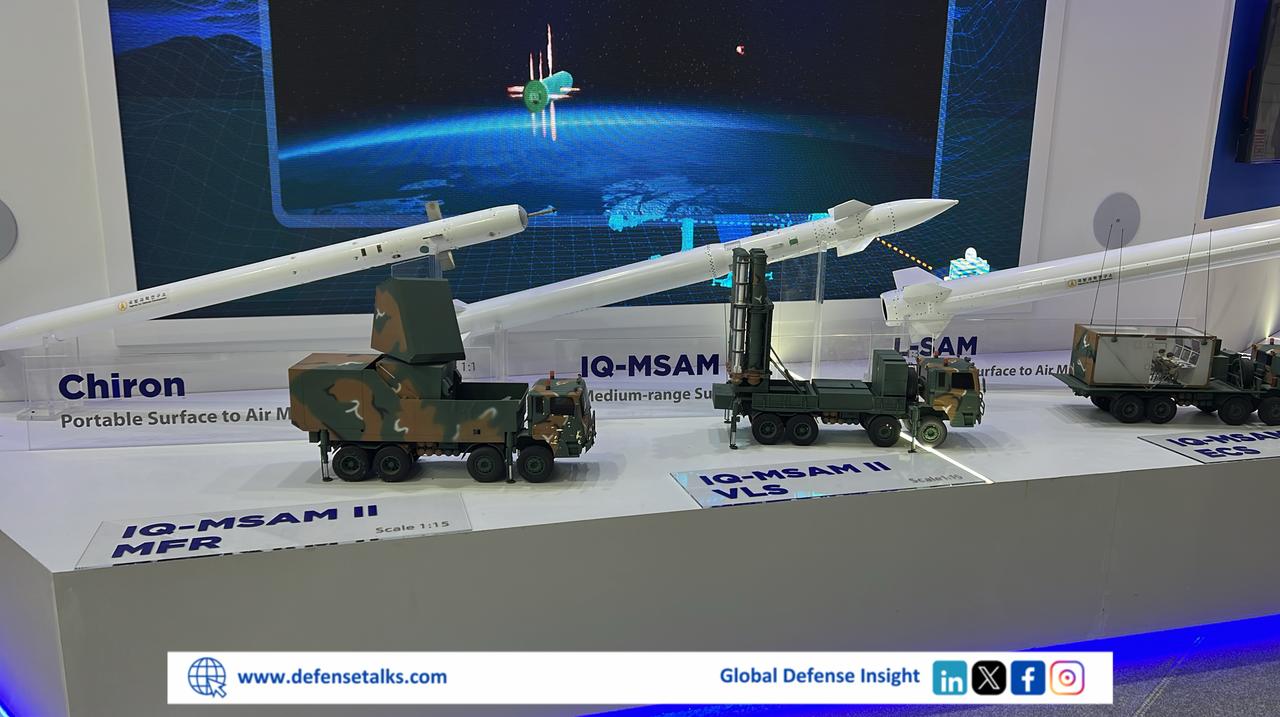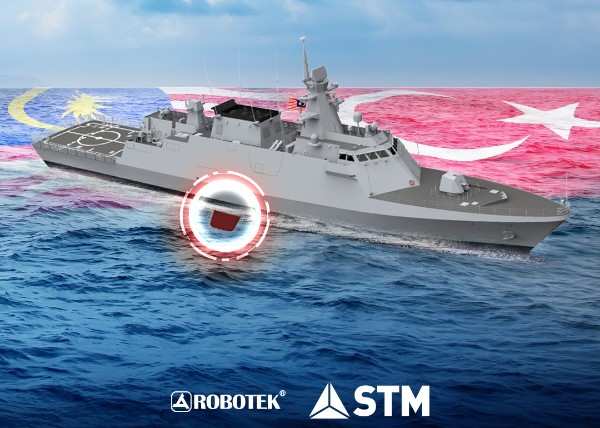In June 2025, Iran launched a barrage of ballistic and cruise missiles, drones, and loitering munitions at Israeli territory in retaliation for Israel’s preemptive strikes on Iranian nuclear and military facilities. While the scale of the attack was massive, the impact was limited: just 24 people were killed in the initial waves—tragic, yet remarkably low given the volume of firepower. That outcome was largely due to Israel’s layered missile defense architecture—combining Iron Dome, David’s Sling, Arrow systems, and fighter intercepts—bolstered by U.S. military support and limited contributions from France and the United Kingdom. Together, these assets successfully intercepted the vast majority of incoming threats, offering a glimpse into the future of multinational missile defense cooperation.
This moment offers not just a strategic case study but a clear warning. Missile defense, when designed for speed, coordination, and redundancy, can save lives. For South Korea, which faces a more dangerous and nuclear-armed adversary in North Korea, this lesson could not be more urgent. Yet Seoul still lacks a realistic, operationally viable system to counter the specific threat posed by North Korea’s increasingly sophisticated short-range ballistic missiles (SRBMs).
In the event of a dual contingency—such as an all-out war in the Taiwan Strait coupled with a second front on the Korean Peninsula—South Korea’s current vulnerabilities could prove catastrophic not only for its own population but for regional alliance coordination. It is time for South Korea to rethink its missile defense posture—and one of the most promising tools may not be on land or sea, but in the air: the AIM-174B.
Table of Contents
ToggleThe Problem: A Defense Gap at Low Altitudes
Over the recent years, North Korea has significantly improved its ballistic missile arsenal with an emphasis on maneuverability, low trajectories, and TEL (Transporter Erector Launcher) mobility. Its KN-23 and KN-24 SRBMs—which mimic aspects of the Russian Iskander-M and U.S. ATACMS, respectively—are specifically designed to evade legacy interceptors. These missiles fly on quasi-ballistic or depressed trajectories with maximum apogees between 36 to 42 kilometers.
This flight envelope effectively skirts the engagement parameters of the U.S.-supplied THAAD system, which is optimized for intercepts above 40 kilometers. South Korea’s planned deployment of SM-3 Block IB on the King Jeongjo-class destroyer offers midcourse interception, but that variant engages targets from approximately 150 km upward—again missing the low-flying KN-23/24 class entirely.
The only U.S. or allied system with engagement parameters tailored to this altitude window is the SM-6’s air-launched variant, the AIM-174B, which can engage from just above ground level up to 34 km. This places it squarely in the sweet spot for intercepting North Korea’s new-generation missiles in their early ascent or midcourse phases.
Meanwhile, South Korea’s missile defense architecture, known as KAMD (Korean Air and Missile Defense), is improving but remains largely land-based and suffers from non-integration with the broader U.S.-led regional missile defense network—a deliberate policy choice to avoid diplomatic escalation with China. As a result, South Korea has avoided fielding higher-tier systems like the SM-3 Block IIA, despite its relevance in long-range intercepts. This political stance limits Seoul’s options—unless it adopts an airborne solution.
The Solution: AIM-174B and the F-15K
The AIM-174B, formerly known as SM-6 Air Launched Increment, has already entered operational use with U.S. Navy F/A-18 Super Hornets stationed at Marine Corps Air Station Iwakuni in Japan. It offers a game-changing capability: intercepting ballistic missiles at the very altitudes where THAAD and SM-3 Block IB coverage fails.
South Korea’s F-15K Slam Eagle is already technically capable of carrying the AIM-174B. With conformal fuel tanks for extended loiter time and active electronically scanned array (AESA) radar systems, the F-15K is well-suited for a missile defense combat air patrol (MD CAP) role. If just two F-15Ks are armed with four AIM-174Bs each and stationed on patrol near the DMZ, they would have the capacity to intercept up to eight SRBMs during their ascent phase—when targets are hot, slow, and detectable.
More importantly, airborne missile defense would complicate North Korea’s launch calculus. Under persistent patrol and targeting threat, North Korean leaders would find it far more difficult to rely on rapid, unpredictable TEL launches as a guaranteed strike option. The air patrol’s mere presence could induce delay, hesitation, or suppression—delivering not just defense, but pre-launch deterrence.
Operationalizing this capability would yield three key strategic benefits
First, it would bolster credible deterrence in a dual contingency scenario. In a future East Asian crisis involving both the Taiwan Strait and the Korean Peninsula, U.S. missile defense assets would be stretched thin. An airborne intercept layer would provide South Korea with an independent, rapidly deployable buffer, easing pressure on American naval or THAAD batteries that may be redeployed or degraded in a two-front war.
Second, this approach avoids the political sensitivities surrounding South Korea’s integration into U.S.-led missile defense. The purchase and deployment of SM-3 Block IIA or additional THAAD batteries have faced strong Chinese opposition. By contrast, fielding the AIM-174B aboard South Korean aircraft avoids permanent ground-based infrastructure, sidesteps regional diplomatic tensions, and enhances Seoul’s strategic autonomy while remaining interoperable with U.S. systems.
Third, it directly strengthens the KAMD by adding a flexible, forward-deployable intercept layer. Ground-based systems are vulnerable to saturation and geographical limitations. In contrast, F-15Ks on patrol can shift positions dynamically, respond to intelligence cues, and even conduct patrols near launch corridors. The effect is not only enhanced defense, but persistent deterrence and increased strategic depth.
Remaining Challenges and Implementation Pathways
To be clear, this proposal is not plug-and-play. The AIM-174B remains a new capability with limited export precedent. South Korea would need to negotiate technology transfer agreements with the United States, ensure compatibility with F-15K avionics, and conduct thorough integration testing. Pilot training, sensor fusion upgrades, and ROE (rules of engagement) development for airborne intercept missions would all require investment.
Interoperability with U.S. radar and satellite-based early warning systems—such as those operated by U.S. Forces Korea and the U.S.-operated missile tracking radars in Japan—will be crucial. Whether through bilateral channels or trilateral U.S.-Japan-ROK information-sharing frameworks, seamless cueing will determine whether airborne intercept is feasible in real-time launch windows.
There’s also the cost question. As with the SM-6 on which it is based, the AIM-174B is a costly system, with unit prices reportedly around $4.3 million. But cost must be weighed against the potential human and strategic cost of a successful North Korean missile strike on Seoul, Busan, or key military infrastructure.
Conclusion: Airborne Deterrence at 30,000 Feet
If the recent Iran-Israel war offered one enduring lesson, it is that modern missile defense—when layered, responsive, and integrated—can reduce catastrophic damage and civilian loss. But the future of deterrence lies not only in static systems, but in dynamic, multi-domain defense strategies.
South Korea stands at a crossroads. It can either continue to rely on incomplete, politically constrained ground-based systems or take proactive steps to close the most dangerous gap in its missile defense envelope. Integrating the AIM-174B onto the F-15K fleet represents the most realistic and near-term solution to the unique challenge posed by North Korea’s low-altitude, nuclear-capable SRBMs.
The sky over Seoul doesn’t have to remain vulnerable. With the right tools—and the political will to deploy them—South Korea can build a true sky shield of its own.

Dr. Ju Hyung Kim
Dr. Ju Hyung Kim serves as President of the Security Management Institute, a defense-focused think tank affiliated with South Korea’s National Assembly. He has contributed to numerous defense initiatives and has advised key institutions, including the Republic of Korea Joint Chiefs of Staff.
- Dr. Ju Hyung Kim















